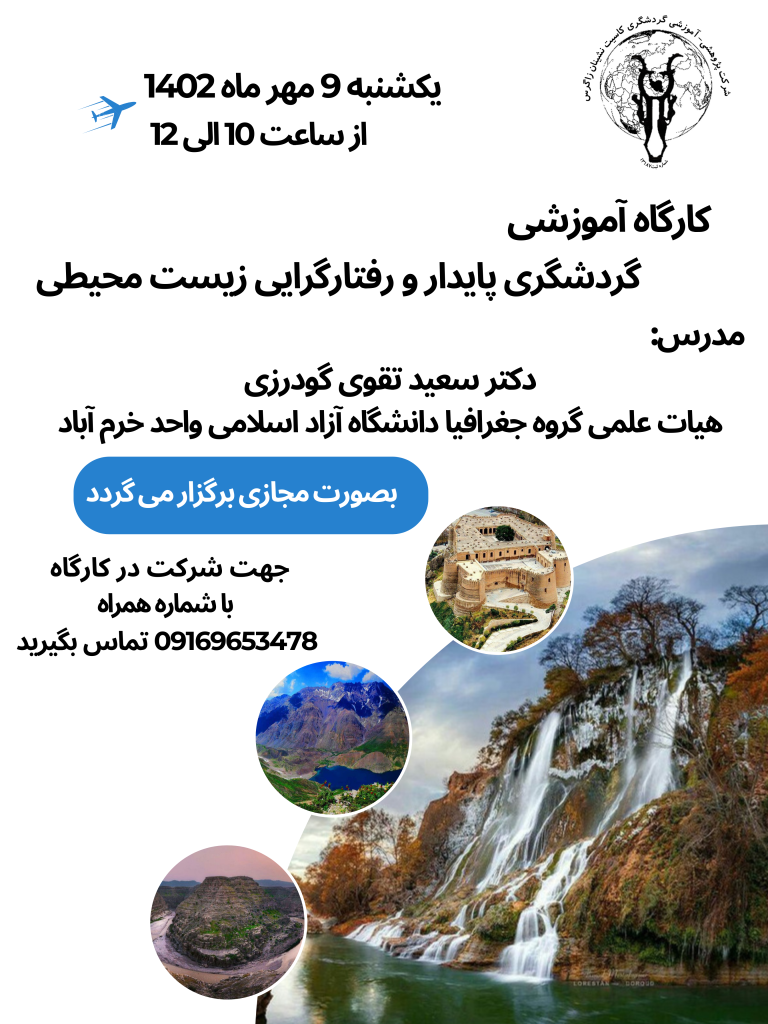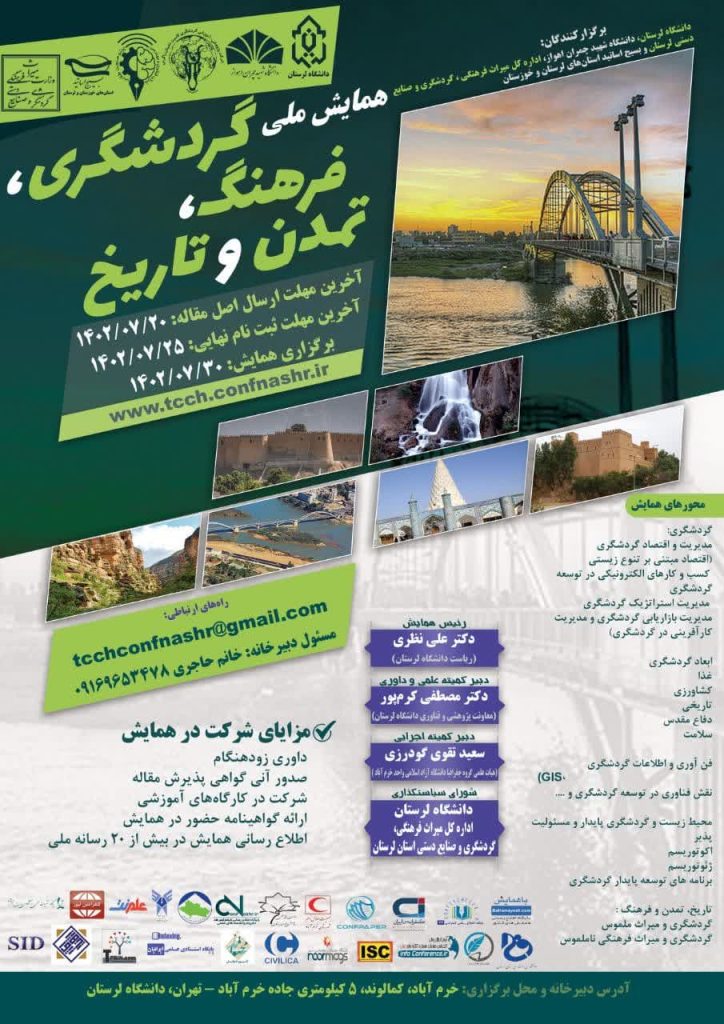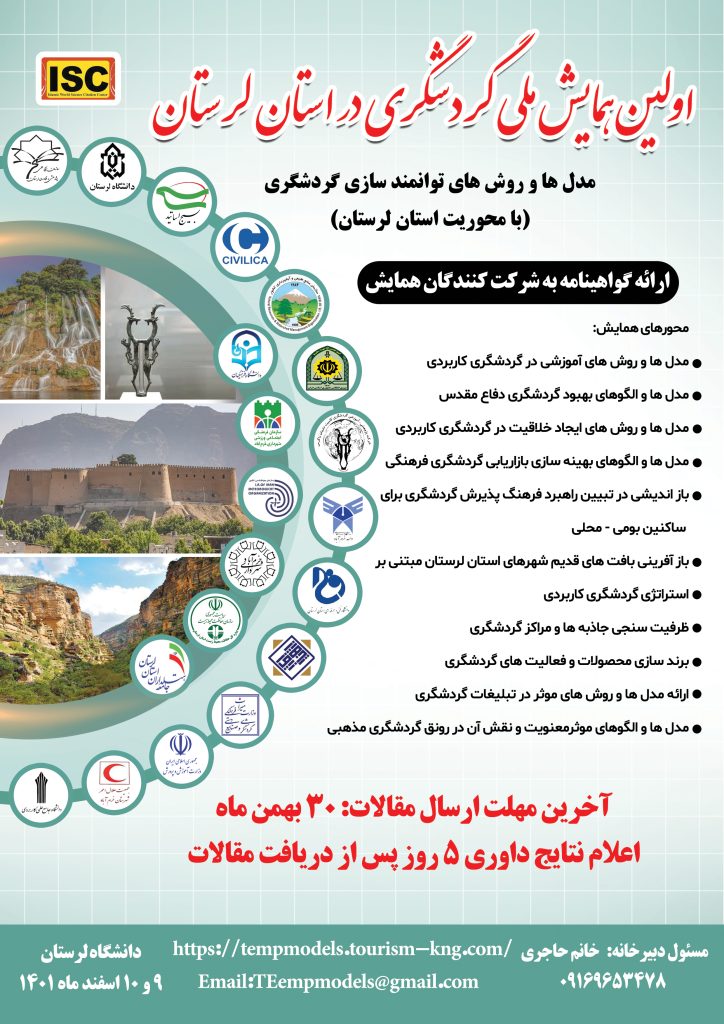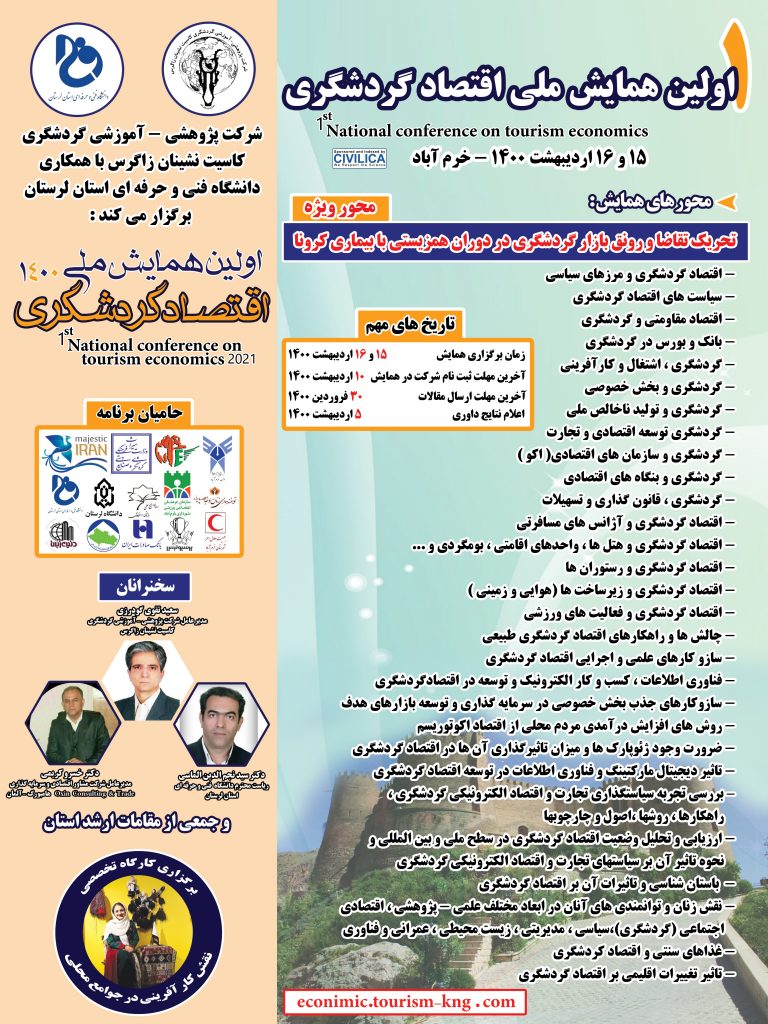Iran’s plateau before the arrival of the Aryans to Iran, from the northeast to the Sihon River, from the north to the Caspian Sea, from the northwest to the Transcaucasus, from the east to the Indian Mountains and the Sindh, from the south to the Persian Gulf and from The west has been limited to the Tigris River. The Zagros River, located on the western border of Iran’s plateau, extends from the northwest to the southeast. In the central part of the Zagros, a distinct sharp bulge goes towards the Maghreb and flows into the Mesopotamian Plain, creating a scroll in the Tigris River approaching the Euphrates at this point. From there, the current Lorestan was the Casilles invading Babylon in the second millennium BC and dominated for a period of more than five centuries. The Zagros hinterland, which was the Kasian dwelling, is related to the central part of the new Lorestan field.
From the fourth century BC, people lived in different caves in Iran. In the ancient map of Western Asia, the area of Khorramabad is clear.
This period coincides with the Paleolithic era, which is considered to be the period from the archaeological point of view to three periods.
The ancient Paleolithic before 250,000 years ago
The Middle Paleolithic is 250,000 to 40,000 years ago
New Paleolithic Stone 40000 to 12000 years ago
There was an archaeological evidence during the ancient Paleolithic period in Lorestan on the “Bridges Bridge” site, discovered by Mortensen.
Other sites that were located in Lorestan during the Middle Paleolithic period
“Lunar Cave and Cave of Arjane” by Frank Hoole and Kenneth Blanney in 1340
Kenji Cave by Henry Field in 1327
“Humayun Cave 1 and the White Side of the Site” by McBurney in 1966
The “Kachi Stone Sanctuary” was discovered by “Fereydoun Biglari, Saman Heydari, Kourosh Roustaee and Hamed Vahdati Nasab” in 2000.
The sites that have been discovered in the New Paleolithic Period (AD), based on archaeologists’ evidence, are as follows:
“The Cave of Pasanger” by Frank Hoole and Kenneth Blanney in 1341
“Khezr, Giloran, Strait Strait and Sorkhilish” by “Fereydoun Biglari, Saman Heydari, Cyrus Roustay and Hamed Vahdati Nasab” in 2000
“Cave” by Frank Hull and Kenneth Blanney in 1340. The most important evidence found on the sites is banners showing the presence of the Kasyan in Lorestan. (Chapter 4 is explained in detail in relation to caves and bronzes.
At the beginning of the first millennium, Iranians (Aryans) entered the main Zagros slopes. These people, who entered the central Zagros (Lorestan, Khuzestan and Kurdistan), rule in Lorestan, and their country was later called Elam in history.
The Medes entered Iran in 836 BC. The Medes have lived in Azerbaijan, Kurdistan, Kashan, Isfahan and Lorestan. At the end of the eighth century BC, riots broke out between the Assyrians, the Medes and the Persians, which caused the Madad state to collapse. It is worth noting that Kimrian and the Scythians were also under the rule of the Medes, but the Kamyyants also ruled the south of Hamadan and the Scythians in Azerbaijan. Evidence of the darkest ancient period of the “Meda” in Lorestan has not yet been found.
In the second half of the first millennium BC, after the defeat of the Medes, the Persians were settled in different regions of Khuzestan and Shiraz, but the Median’s name remained on the map of Iran until the arrival of Islam into Iran in the Zagros Mountains.
In 359 BC, after the rule of the Persians, Alexander the Great invaded Iran and defeated the people of Persia. After the rule of the Parsians, the Selukians came to rule, but it did not take long that these people were defeated by the Romans and the Parthians, and then the Parthians entered the Iranians.
Mehrdad I, the first monarch of the Parthians, between the 160s and 140s, after the blessings, made the states annexed to their enclosures, Med, Eliyahi (Lorestan and Khuzestan), Pars, Khorsen, Babylon, Assyria in Maghreb, Gedrozia, and perhaps Herat and Sistan In the east The art of the Parthians in Lorestan is a bronze statue, full of sculptures, although there are also ancient Greek art in these sculptures.
After the fall of the Parthians, the Sasanians came to rule. The first kingdom ruled in Lorestan, Shapur, is the son of Popak and the father of Papak, Sasan. Shapur had a great Hemmati, he had visited many cities such as Shapur, Neyshabur, Shad Shadpour, Shabour, Bashsh Shapur and …. The researcher and researcher of Lorestani, Professor Seyyed Farid Ghasemi, writes in the history of Khorramabad, that scholars and historians have called Shapur’s predecessor in different ways. Shebur demanded, Shapur wanted, Sapor wanted, Shapur, Khost, Shabur, Shapur, Sarjlest, Saberabad and Shapurabad) and …
The city of Shapur wanted Rawlinson to consider it as the current Khorramabad, Lorestan, during the Sassanid period, has been a city, as there were several Sasanian cities in the Karkheh valley. Many Sassanian buildings are attributed to the Nurses of Lorestan’s natives.
During the Sassanid period, ancient monuments such as the villages built in Boroujerd, Falak Al-Falak Castle, historical bridges and … have remained. The name of the Falak al-Falak castle was named after the Sasanian by the name of Shapur’s fortress. In connection with the castle of Falak Olafaklak and historical bridges in the fourth chapter, it is explained in detail. After the defeat of the Third King of Sassanid III by the Arabs, Islam came to Iran and gradually spread to all provinces of the country.









